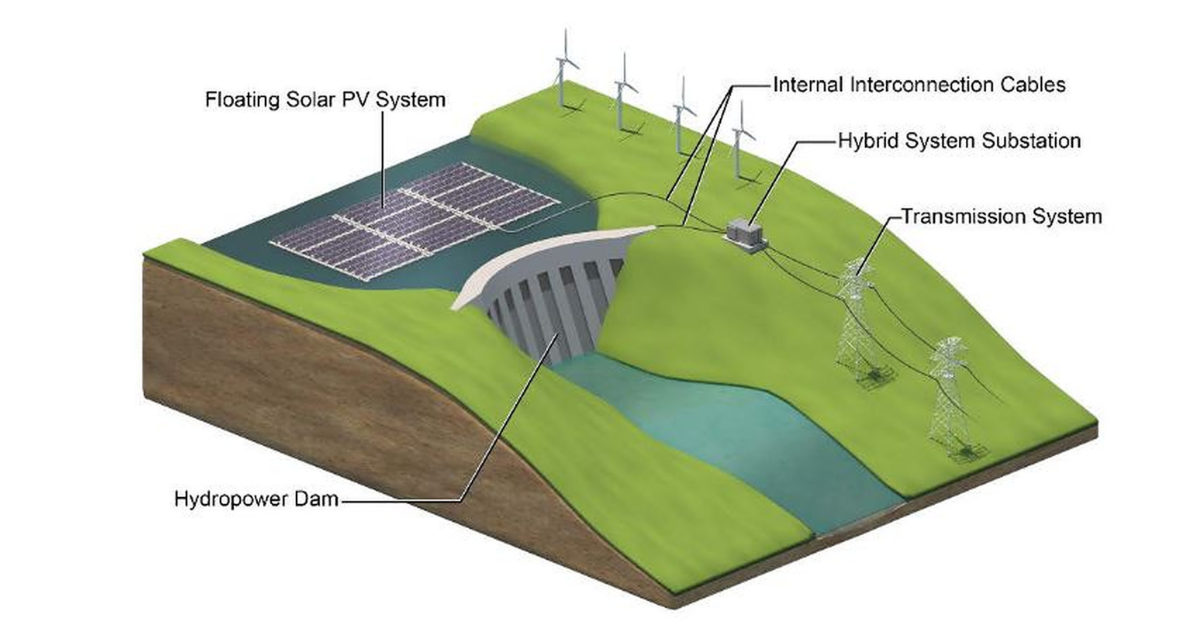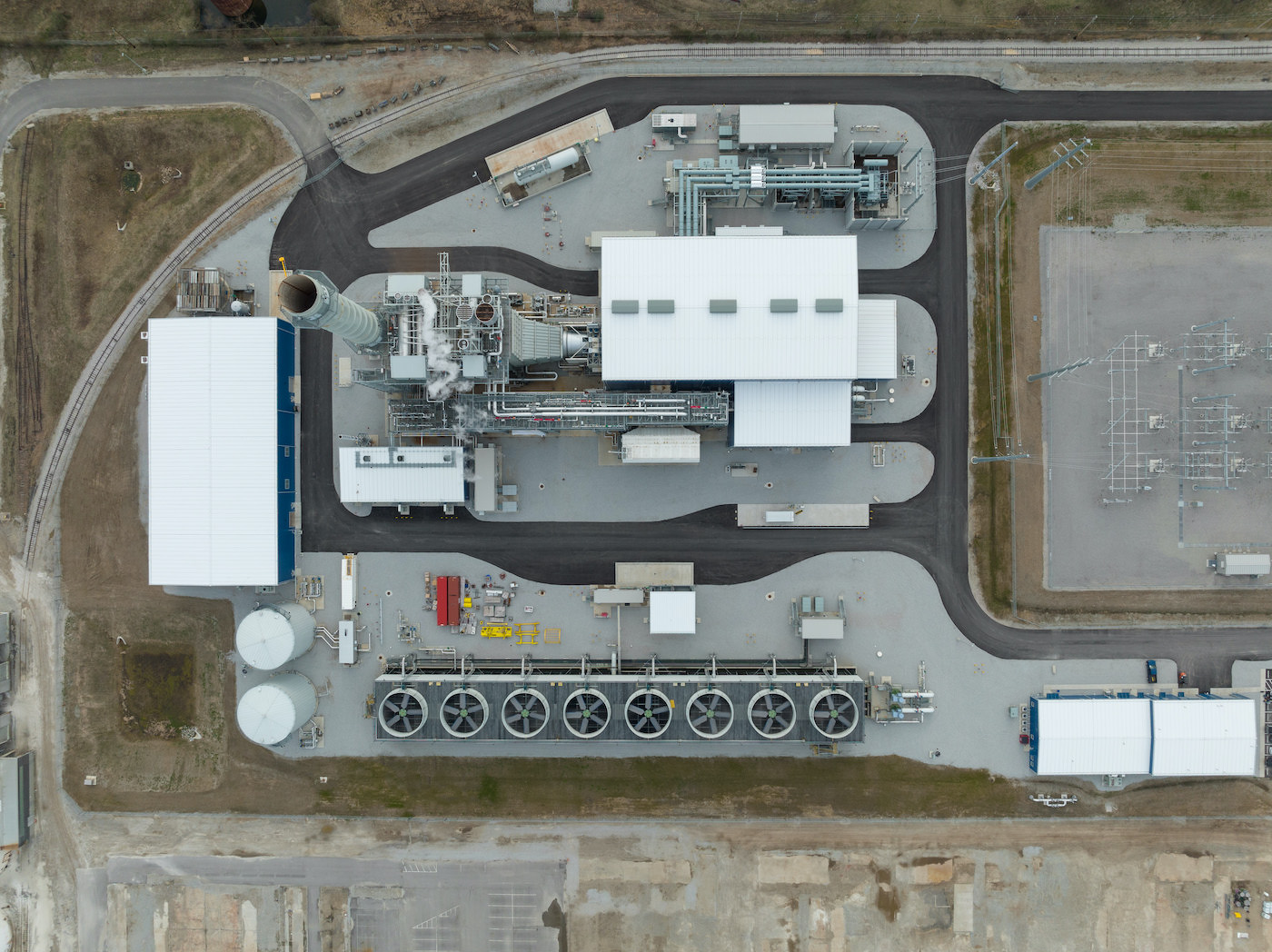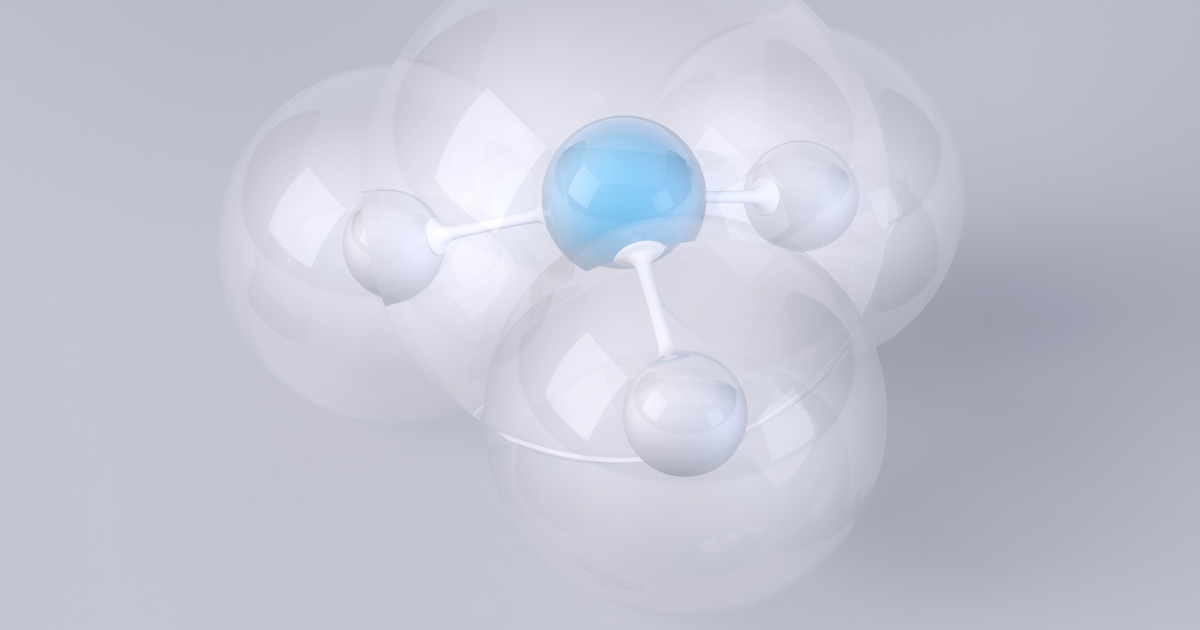To me that's the real killer of current battery storage. The ability to maintain base load without shedding, especially as we move into an era of killer weather (heat domes, polar vortex..ii?, etc) is a real red line. Also the danger of overtaxing and doing physical damage that leads to significant widespread downtime.
I'm not seeing where you're pulling those numbers from, could you show which link in particular? I've clicked a few and haven't come across it.
This study shows petroleum and battery costs much closer in average. Because again, it's not about generating power during the day, it's about storing and generating power during the night/evening when demand is still very high and solar generation is very low.
Also, most of the numbers I'm seeing for battery storage are for 4-hour batteries, which if you are doing an all or almost-all renewable grid isn't the target. You need the grid to be a bit more robust than that, so you have to generally triple or worst case sextuple that cost; because you can't 'spin up' battery storage for on-demand spikes due to partial interconnection failure or emergency demand. Same with black (well, at this point more like white) swan scenarios like forest fires, etc disrupting generation during the day.
I am a massive fan of batteries, don't get me wrong, but for green grid scale baseload replacement: Lithium doesn't make much sense. Hydro doesn't make much sense. Gravity storage doesn't make much sense. That Ammonia cycle battery is very interesting though (although every concept that involves storing toxic gaseous materials in naturally created underground reservoirs is a bit unsettling for un-managable catastrophic consequences).




